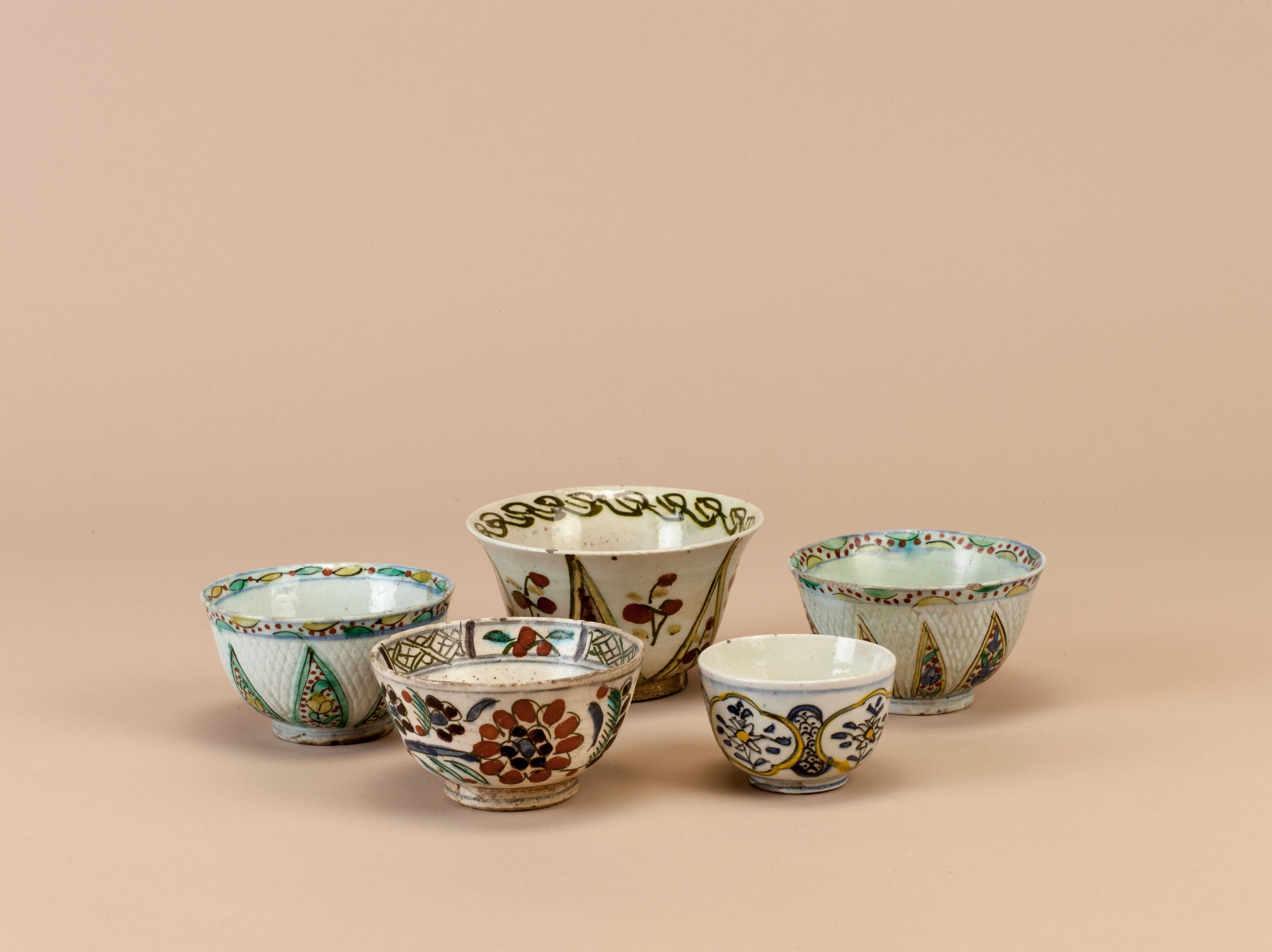Director: Dilek Kaya
Turkey, 2018, 85’, color
Turkish; English s.t.
In the summer of 2016, the director of this documentary film bought a bunch of discarded letters from a flea market in Izmir, Turkey. Written in the 70s, the letters were addressed to Kâzım Küçükalp, apparently a smart, vivacious, and adventurous youth, who was a fan of European and American rock bands of the time. After accidentally discovering that Kâzım died during a mountain expedition in 1974, at the age of 19, the director set off a journey, which extended from Izmir to Artvin. Finding the owners of the letters and the mountaineers who witnessed Kâzım’s death, the documentary reconstructs Kâzım’s story and intertwines it with the journey of the director. The film is also a partial story of 1970s youth culture in Turkey.
Trailer

The New Year is more than just a date change on the calendar. It often marks a turning point where the weight of past experiences is felt or the uncertainty of the future is faced. This season, Pera Film highlights films that delve into themes of hope, regret, nostalgia, and new beginnings.

Coffee was served with much splendor at the harems of the Ottoman palace and mansions. First, sweets (usually jam) was served on silverware, followed by coffee serving. The coffee jug would be placed in a sitil (brazier), which had three chains on its sides for carrying, had cinders in the middle, and was made of tombac, silver or brass. The sitil had a satin or silk cover embroidered with silver thread, tinsel, sequin or even pearls and diamonds.
Tuesday - Saturday 10:00 - 19:00
Friday 10:00 - 22:00
Sunday 12:00 - 18:00
The museum is closed on Mondays.
On Wednesdays, the students can
visit the museum free of admission.
Full ticket: 300 TL
Discounted: 150 TL
Groups: 200 TL (minimum 10 people)